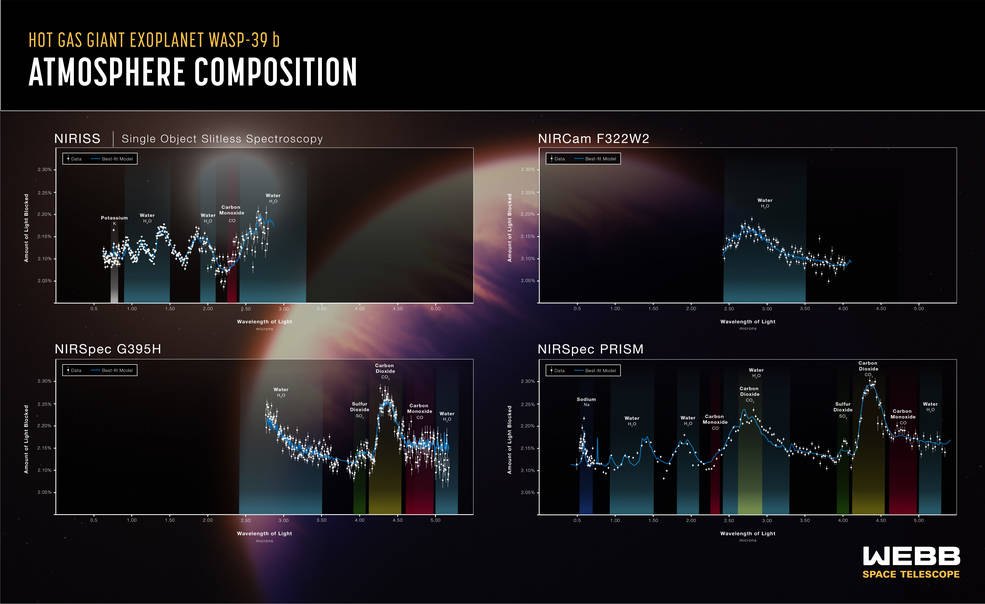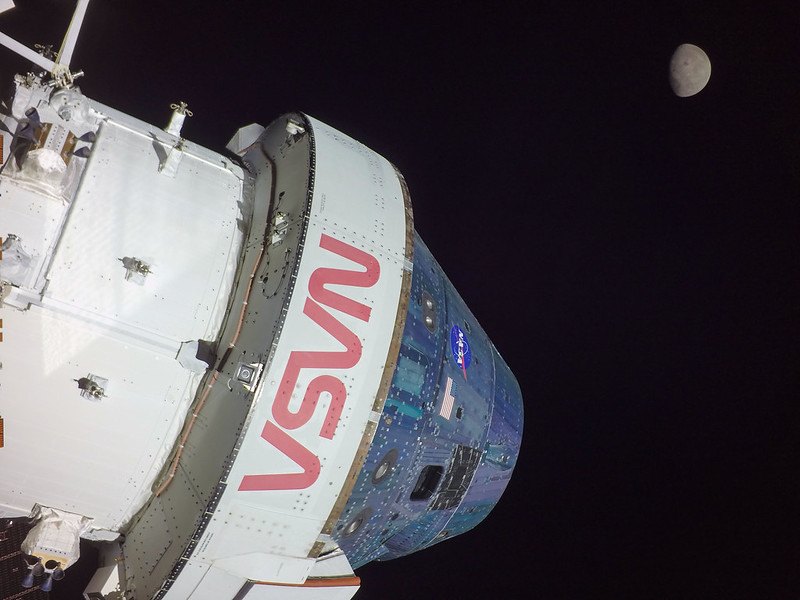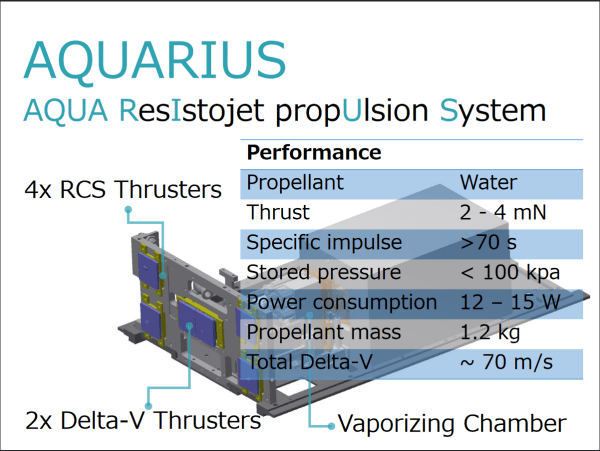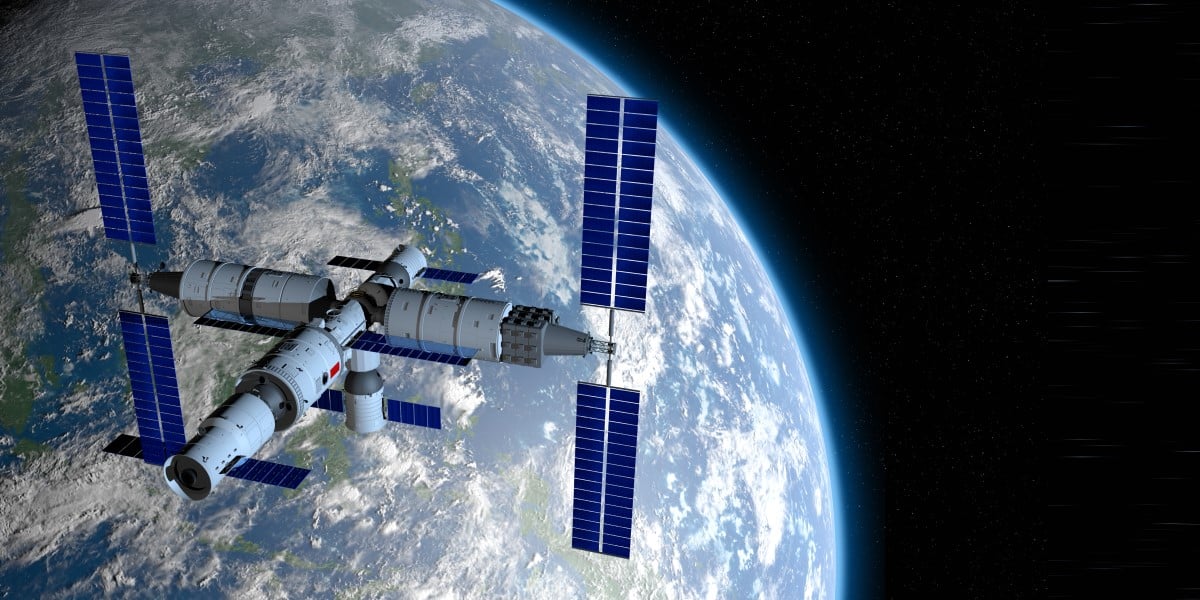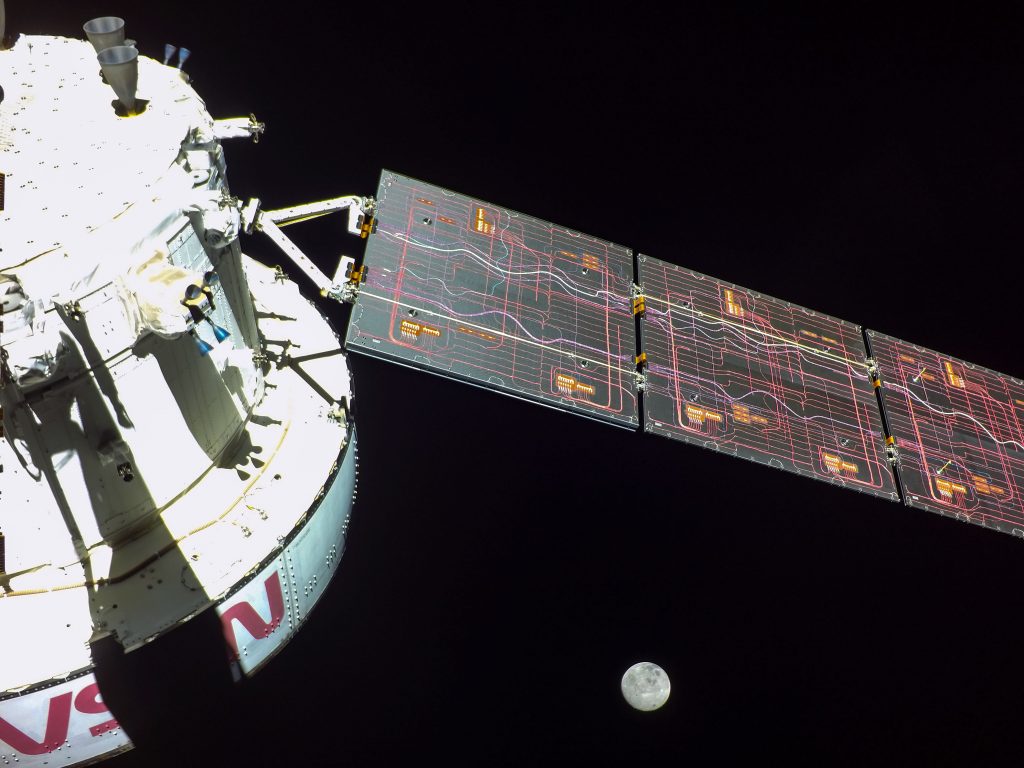- 3,365

- Columbus, Ohio
The rocket from China's recent launch of their Yunhai-3 satellite failed to burn up correctly in orbit like it was supposed to, and instead broke up into a bunch of pieces currently in a 500km orbit. So now we have even more space junk to worry about.
Yay.
Yay.
